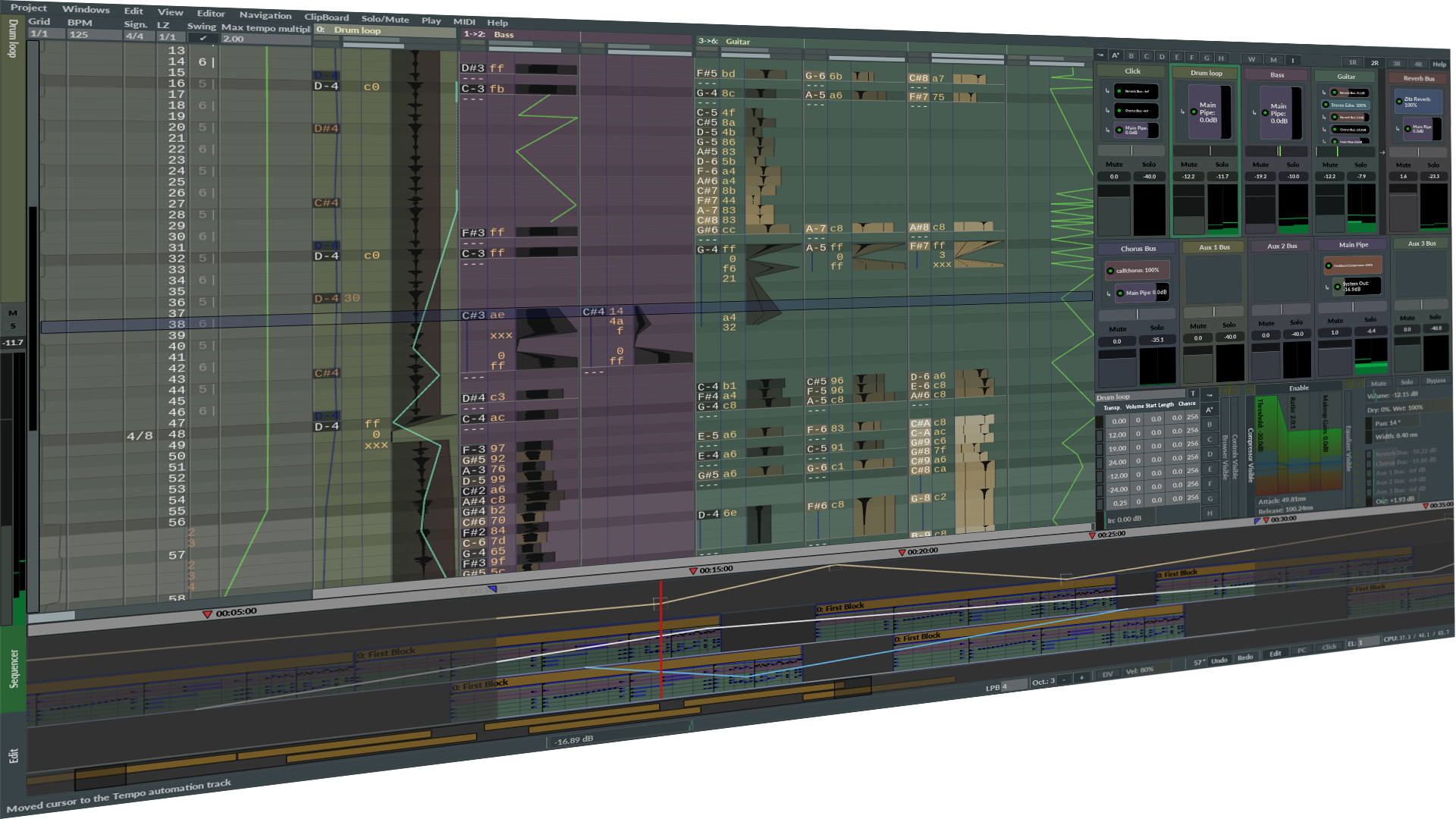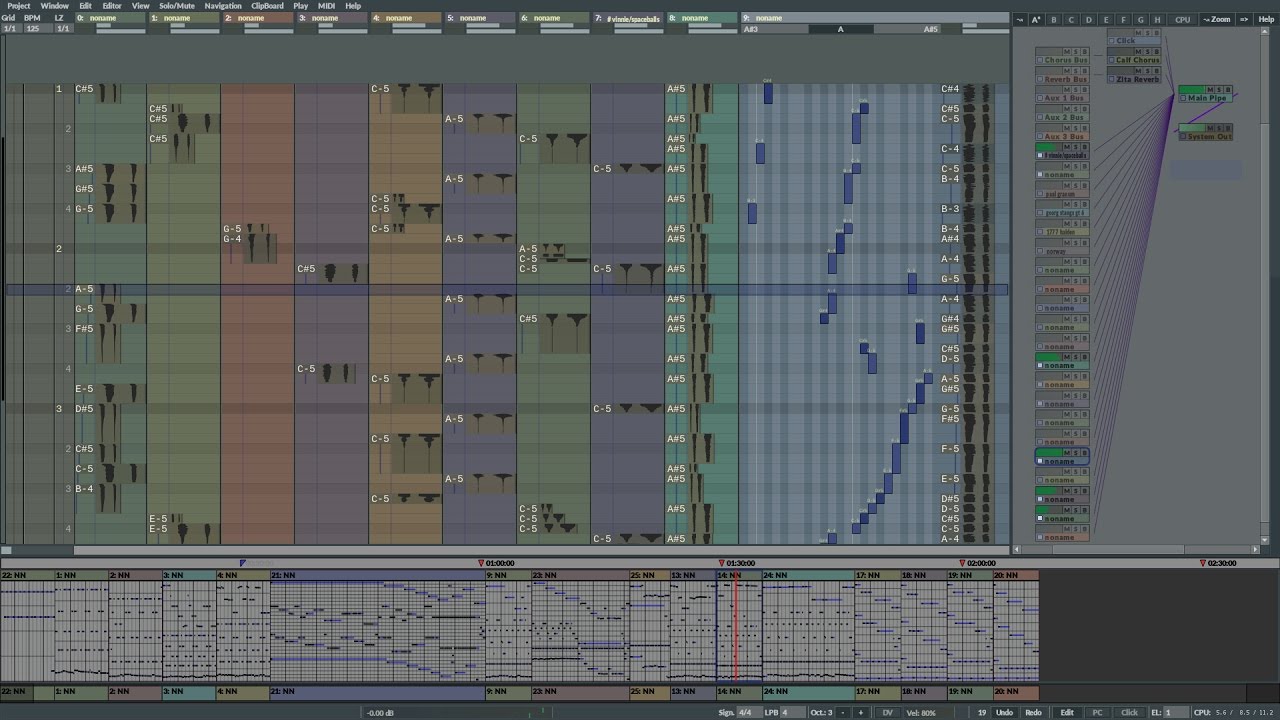Anyone tried it thoroughly? How’s the pd integration? If this is something like max for live, but for something similar to a tracker, it sounds nice.
It integrates with Faust language very well and natively too. Faust itself is being used in various products and is a component of the JUCE framework too if I am correct. Both are way simpler to code your own stuff with. A lot of kick ass software and plugins for Neo Soul/Keyboards/Bass that Gospelmusicians.com makes (Jamal Hartwell) uses JUCE which is why I am totally interested in the use of these modern frameworks. Faust and JUCE both have a large community behind it (a 2000 Euro prize too) and a very good set of ready made tools and APIs already done and well integrated into hardware products too. I think these APIs win on most counts of usefulness, popularity and that thing called ‘incentive’, as well as strong commercial potential. In future if Renoise can integrate these APIs it would certainly mean something to a lot of folks cos as of now notwithstanding the rather curious and dedicated group of Lua scripters here, its unlikely it will ever get tracktion in the mainstream sound API community.
(http://faust.grame.fr/news/2017/02/21/Faust-meets-JUCE.html)
I know there are many Reaktor users here but is anyone into CSOUND deeply (http://boulangerlabs.com) ? Also the RackAFX suite by Will Pirkle (willpirkle.com) for the development of VST plugins, does anyone else use it and built something with it?
BTW Radium website has this line:
_" Information to warez groups _
Since the source is open, it should be simple to turn the demo into a fully featured version. Please let me know of any problems. (Just compiling the source is cheating!)"
and this one too, which means we can get it for free if we hack the code or give a song made with Radium. He also mentions ‘swing’ as a parameter in song which is right up my sort of alley 
Radium needs more demo songs included with the program
If you provide a suitable demo song, you will get a free lifetime subscription.
The demo songs must:
- Not use external plugins. (Plugins that would be legal to include with Radium may work though.)
- Sound good. (Sound quality, creative use of effects, swing, and so forth, is more important than musical quality.)
Any genre is fine (and encouraged!), and there is no size limit (large samples can be downloaded on demand).
You will own all rights to the song. If you later don’t want the song to be included with the program, send me a note and I’ll remove it from further releases. If I later choose to remove the song from Radium, you will still keep the subscription. If you later choose to remove the song from Radium, or I am forced to remove it due to copyright claims, you will lose the free subscription. There should be no need to sign a contract. You can put any information you want into the “Songcomment” box. This box can be set to open automatically right after loading the song.
If you have something that could fit, please send it tok.s.matheussen@notam02.no.




